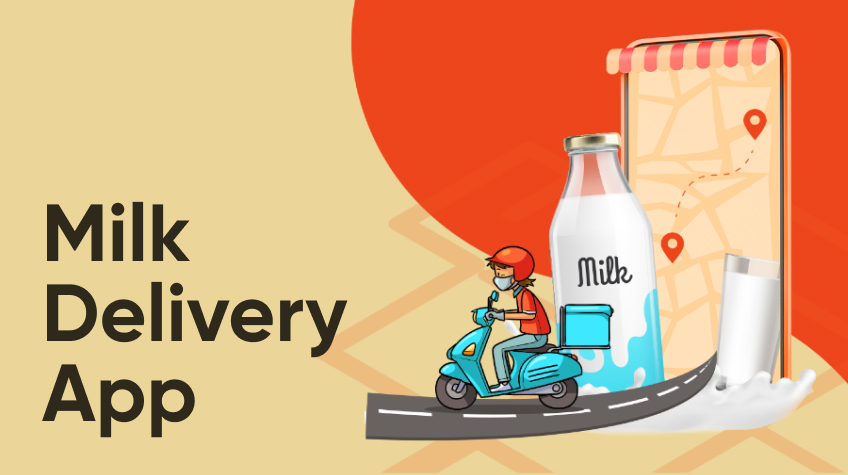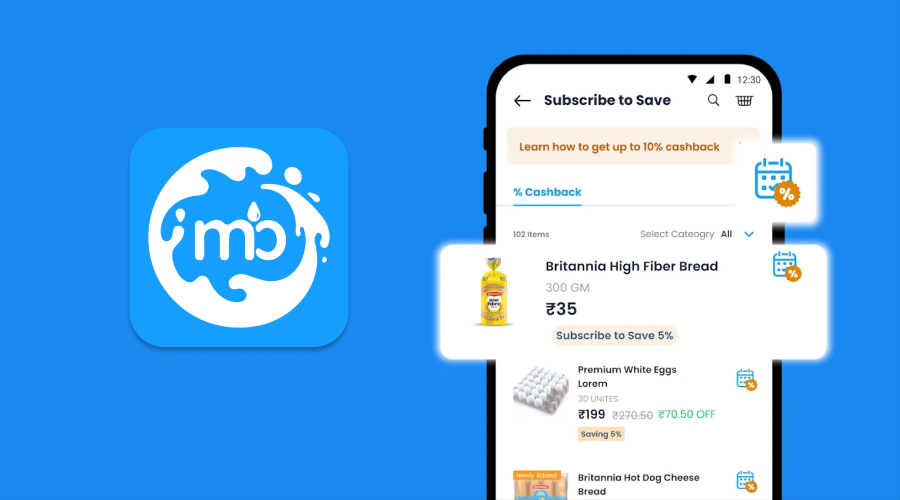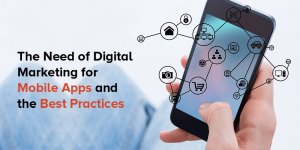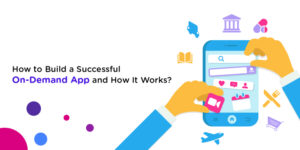
Designing a milk delivery app like MilkBasket involves much more than just developing a medium; it requires a deep understanding of consumer habits, logistics management techniques, and advanced technology. This comprehensive guide covers all the essential steps involved in milk delivery app development, from conducting thorough market research and planning features to the design, development, and post-launch maintenance of your milk delivery application.
What is a Milk Delivery App and Its Types?
A mobile application for milk delivery enables you to schedule and get regular milk and dairy goods delivered directly to your address. Mobile apps for milk delivery benefit users through convenient features and generate a dependable revenue stream for business operations.
Types of Milk Delivery Apps:
- Subscription-Based Apps: Customers can choose from daily or weekly subscription delivery options.
- On-Demand Delivery Apps: Users can schedule orders and requests for deliveries through the service.
- Marketplace Apps: The app assists users by connecting them to dairy suppliers located in their vicinity.
- Single Vendor Apps: The platform functions through a single dairy operation that handles both farm management and distribution activities
How Does the Milk Delivery App Work?
A typical milk delivery app development follows these steps for its functionality:
- User Registration: Users create their account using mobile options or email addresses.
- Product Selection: Customers browse and select dairy products by using the application.
- Subscription/Order Placement: Users select either a daily subscription or purchase items individually within the application.
- Payment Gateway Integration: The app supports payment methods that include cards, wallets and UPI.
- Order Management: The administrative dashboard located in the system handles order processing, along with delivery planning.
- Delivery Tracking: Real-time tracking allows customers to monitor deliveries next to an optimized routing system that enables personnel to execute their deliveries.
- Notifications: Users receive notification alerts about their deliveries, as well as their payments and promotional offers.
- Feedback & Support: Users can provide ratings to services through an enabled platform for submitting support tickets.
Why Develop a Milk Delivery App Like MilkBasket?

Through its user-friendly mobile application development, MilkBasket transformed the dairy delivery market. Building an equivalent application represents an intelligent business development for the following reasons:
1. Rising Demand for Daily Essentials:
The market shows an increased trend toward receiving perishable goods delivered to their doorstep. Mobile applications have become the primary choice among the urban and semi-rural population to meet their daily dairy requirements without requiring much effort.
2. Recurring Revenue:
A subscription model delivers regular streams of cash revenues to the business. The expected delivery patterns enable business operators to create better strategic plans, while sustaining customer loyalty.
3. Operational Efficiency:
The automated optimization of delivery logistics with payment processes results in better accuracy and reduced cost. The combination of real-time tracking, route optimization and digital invoicing systems improves business productivity by eliminating human mistakes.
4. Data Insights:
Companies can analyse customer purchase habits to anticipate market needs and manage their stock effectively. Organizations that implement accurate analytical tools can reduce wastage, improve delivery times, and offer personalized product suggestions.
5. Low Entry Barrier:
You can build a local version speedily by choosing an appropriate technology stack. Entrepreneurs and local dairy suppliers can start operating in the digital sector using small initial financial investment.
6. Brand Loyalty and Trust:
The process of delivering products daily allows businesses to establish deep brand awareness and devoted customer dedication. The combination of planned routes and delivery consolidation systems operates as a sustainability tool by minimizing environmental emissions.
Therefore, milk delivery app development creates efficient supply chain management and achieves customer happiness through dependable, scheduled service delivery. Through its tech-driven platform, the system connects suppliers with their end-users, which removes unnecessary middlemen to boost profitability.
How to Develop a Milk Delivery App Like MilkBasket?
1. Conduct Market Research and Competitor Analysis
Your first step should include analyzing your target audience, their purchasing behaviors and the existing difficulties they experience. An analysis of apps like MilkBasket, Country Delight and DailyNinja will reveal aspects to innovate in. Market research provides the essential base for developing milk delivery applications successfully.
2. Finalize the App Features
Establish the fundamental features that will benefit every stakeholder:
Core functions for users include registering, logging into the account, browsing products and subscription management.
The admin interface enables full management of users, orders, payments, analytics and user management.
Delivery Agents benefit from a system that provides them with order distribution lists. routing optimization and order status updates.
3. Focus on UI/UX Design
Create an easy-to-use interface design that features a clean layout with responsive features. Provide easy access features within the application, since milk delivery focuses on elderly users who prefer this service. The application should present unified branding and a smooth transition system.
4. Choose the Right Technology Stack
Choose Right technologies Stack based on scalability and performance:
- Frontend: React Native or Flutter for cross-platform compatibility.
- Backend: Node.js, Laravel.
- Database: MongoDB or PostgreSQL.
- Cloud & Hosting: AWS or Google Cloud.
- Payment Gateways: Razorpay, Stripe, PayPal integration.
5. Develop the Application Modules
Create unique functionalities for end-users, delivery workers and system administrators. The front-end and back-end systems should have robust APIs that support communication and synchronization.
6. Test and Ensure Quality Assurance
Complete testing must evaluate all vital areas, including performance, functionality, usability and security. Address and resolve bugs to enhance user pathway operations before releasing the final version.
7. Launch and Market the App
Launch your application on Google Play and the Apple App Store. Initial market momentum for the application will come from local promotional efforts, digital marketing approaches and collaborative deals with influencers and referral schemes.
8. Plan for Ongoing Maintenance and Updates
User feedback deserves close attention after launch, since you should solve problems immediately while releasing updates. To keep your user base and establish dominance in the market, you should provide regular improvements to your app.
9. The Cost of a Milk Delivery App Development

The development cost may differ with features, platform and region. Here’s a general breakdown:
| Component | Estimated Cost (USD) |
| UI/UX Design | $2,000 – $5,000 |
| App Development (iOS/Android) | $15,000 – $35,000 |
| Backend Development | $8,000 – $20,000 |
| Testing & QA | $3,000 – $7,000 |
| Deployment & Maintenance | $2,000 – $5,000/year |
- Total Estimated Cost: $30,000 to $70,000
Milk delivery app development is an affordable solution for entering the rapidly growing subscription-based eCommerce sector.
Also read: Top 5 Profitable Business Models for Grocery Delivery App in 2025
Conclusion
Consumer demand for convenient milk delivery App development services continues to thrive, leading to growth in the market for milk delivery applications. The creation of a milk delivery app development through MilkBasket design offers steady profits, optimized delivery processes, and satisfied customers. Using appropriate features and technologies will enable you to establish a position in this market segment and grow your operations rapidly.
FAQs
1. How much time does it take to develop a milk delivery application?
Usually takes around 3-6 months depending on complexity.
2. Can I add non-dairy products to the app?
Absolutely. Some apps also offer sliced bread, eggs, fruits, and groceries.
3. Do I need a separate app for users and delivery agents?
Yes, separate interfaces make determining tasks easier for the user.
4. What should I do to keep my deliveries on time?
Use specialized GPS tracking and route optimization tools for delivery agents.
5. What monetization options are available?
Monetization options include subscription fees, delivery charges, product margins, and advertising.






